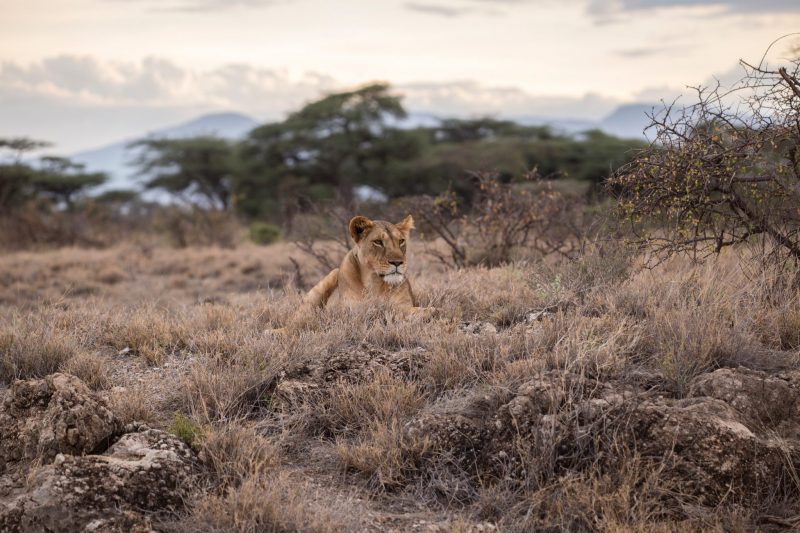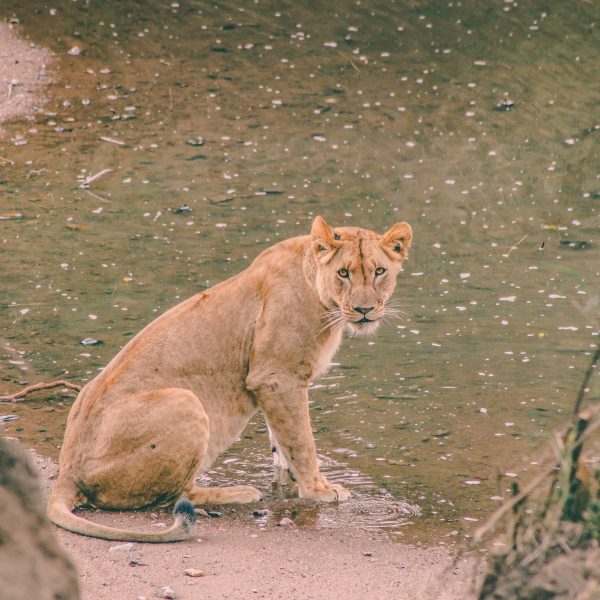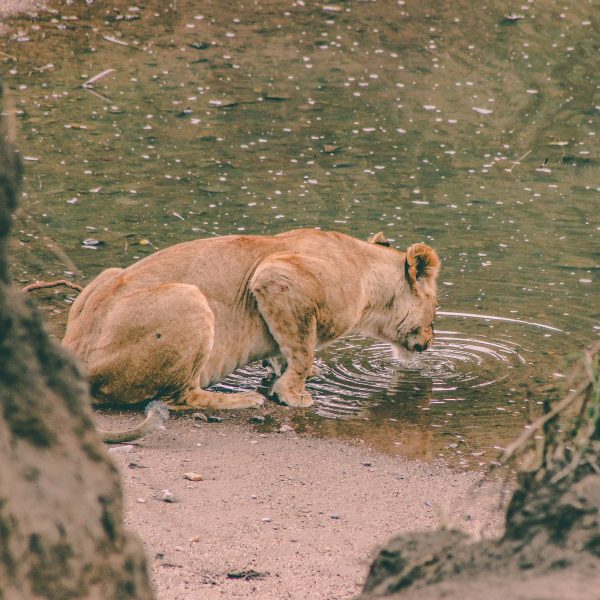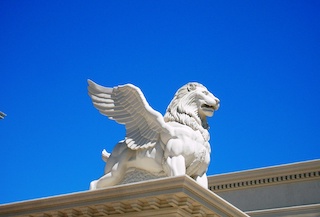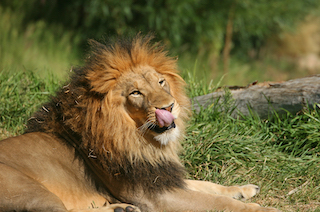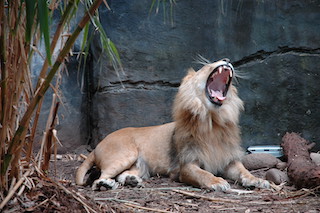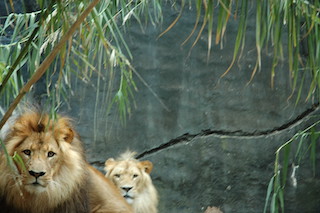Astonishing Decline Rate Of Lion Population
The lion symbol has been used since generations and over centuries by different cultures, traditions, and religions who view it as majestic, regal, protector, father, warrior, leader, defender and a soldier. The lion stands for power, courage, nobility and pride, and represents Kenya’s patriotism on its Coat of Arms. Ancient Egyptians venerated them as their war gods due to their power, strength, and fierceness. In Egyptian culture, the famous Sphinx is one of many mythical depictions of a lion. With their stereotypical ferocious appearance yet a community driven spirit, sporting teams, countries and community centers alike use lions as metaphors. They also appear in some family crests and national flags. Unfortunately, the dwindling figures of lions are appalling, and there are ongoing projects to find out the causes.
Importance of lions
It is of paramount importance to not interfere with the survival of the king of beasts. The importance of lions is immense not only to the ecosystem but also to the tourism sector of Kenya that contributes significantly to the economy. However, they are disappearing from the grasslands and savannahs of the country at an astonishingly rapid rate.
Glaring decline rate
Centuries ago, lions were the most ubiquitous large land mammals after humans, but today the African lion population is estimated to be a pitiful 20,000 in the wild. According to the estimates from Kenya Wildlife Service out of that roughly around 2,000 remain in Kenya. But the country is losing around 100 of them on an annual basis. Red List considers lion as a vulnerable species. According to the Fish and Wildlife Service of America, over the coming 20 years, it is projected to lose 50% of its population. In the past 20 years, its population had already collapsed by 50 percent, although some put the decline rate considerably higher than this.
Reasons for decline
The reasons for the dramatic decline of lion population include, among other factors, hunting, poaching, diseases, climate change, loss of prey, increasing farming and conflict with local communities. Conflict is highest in areas where lions eat the herders’ livestock. Moreover, droughts have pushed lions closer to waterholes located near to the indigenous people. And the loss of habitat drives them more and more into human settlement areas. And then they come into conflict with the Maasais and the urban population.
Ritual of bravery
Before the colonial period, the Maasais considered the big cats to be a threat to their livestock. Hence, they used to kill lions at every opportunity to protect their cows. They slaughtered the animals upon encounter after equipping themselves with shields and spears. They use buffalo hide to make the shields. Furthermore, according to the Maasai culture, for a teenage boy to become a warrior, he must fight and kill a lion. Until then the community will not consider him a man. But now, conservation laws have outlawed the custom. Olomaiyo, a tradition in which they hunt the lions in groups, is slowly replacing this bravery ritual. One of the rules of the new custom is that they are cannot kill lionesses since they are essential to the ecological system and are the bearers of life.
Human settlement interference
Nairobi National Park, established in 1946, sits on the edge of Nairobi with the skyscrapers in the background. The park is home to leopards, giraffes, buffaloes and other animals grazing in the grasslands but mostly bounded by an electric fence. Since its establishment, the lion population there has grown more than tenfold. But lions in the park are under increasing pressure as Nairobi city expands on to traditional migration routes and hunting grounds.
Natural habitat loss
The park is losing its natural habitat due to increasing urbanization, intensive agriculture and lucrative development projects. The lions’ survival is at risk as they are coming into conflict with human populations. The government also started constructing a highway through one section of the park, agitating the cats with constant noise. It has also announced plans to build a railway, which will traverse part of the park.
Few attack cases
Rangers say lions pre-date people and are not straying into human settlements. It is the other way around. Rather people are trespassing into the lion’s territory. While spotting lions on the loose are common in Nairobi, it is not so common for the lions to injure them. But there are few are far between cases. There have been some incidents of these cats sneaking out from the south side of the park and straying into the city, even making its way into residential areas at night. The southern part is left open to allow the wildlife migration that happens every year in search of new grazing land and water.
Lion in highway
According to recent updates, black-maned lions have been seen sauntering down a four-lane highway that is traffic-clogged situated near Nairobi National Park causing panic. A 63-year old Kenyan man was injured when a lion mauled and clawed him. The animal became agitated when people started hooting their horns and taking selfies. But soon afterward Kenya Wildlife Services took control and returned it deeper into the Nairobi National Park. Days later more lions were spotted, leaving the authorities scrambling to find them.
Mohawk was shot
When Mohawk, one of Kenya’s famous lions, was fatally shot by Rangers, everybody was wondering what went wrong with a country that has invested heavily in protecting its wildlife. The Kenya Wildlife Services spokesperson said that the lion had escaped from Nairobi National Park wandering for two days and posed an immediate threat to human beings. Mohawk had a shock of hair surrounding his head and was well known to tourists. He had become accustomed to the sight of camera-toting visitors and safari trucks. Mohawk was even a local celebrity in a local newspaper.
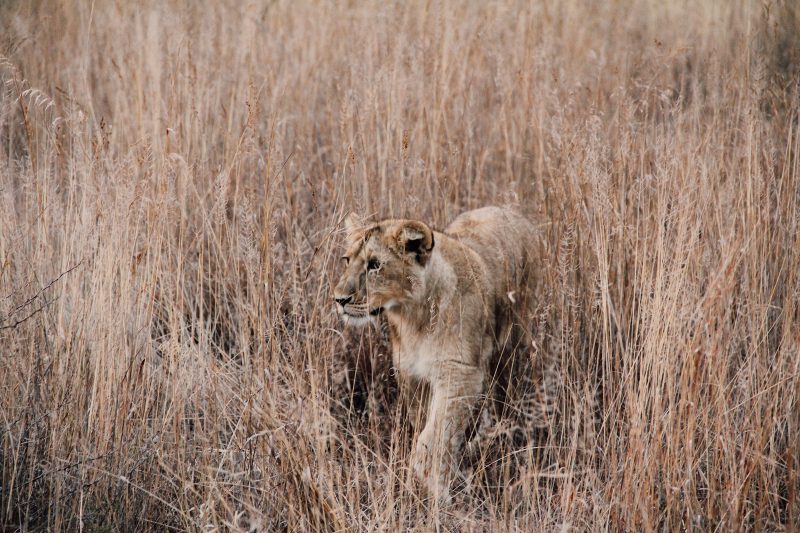
What would be interesting to see is if the population decline has done any damage to the lion symbol
Crossbreds of lions
Would crossbreeds warranty reversal of the trend? Lions that are crossbreds take the first part of the name of the father and the second from the mother. For example, a lion father and tiger mother would beget liger. And so on. Tigers and lions are such close relatives that they have the same body structure. According to the Smithsonian, if one was to shave them, only experts can tell them apart. Lions are also related to leopards and jaguars.
Time will tell
What would be interesting to see is if the population decline has done any damage to the lion symbol. Or, perhaps the scarcity has enhanced what the beast stands for – nobility, courage, pride and so on. Time will tell. For now, let the conservation efforts turn the tide of the receding numbers of lions. And allow the collective unconscious to determine organically what the lion archetype represents in the psyche of humankind.
5 Frequently Asked Questions About Lion Population
To receive a colourful digibook about lion with videos, images and text, please fill out the following form or simply email us on safaris@safari-center.com

